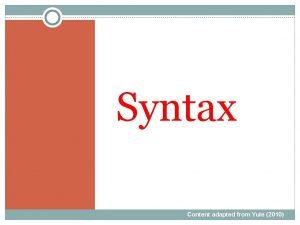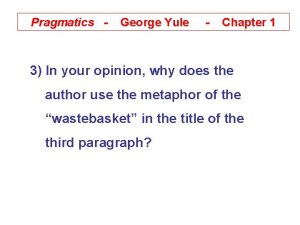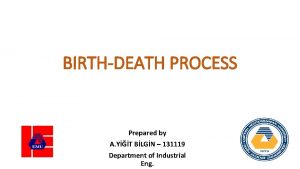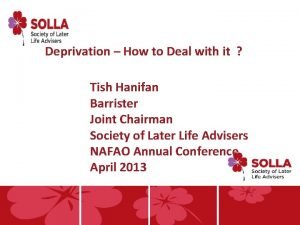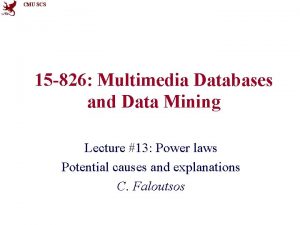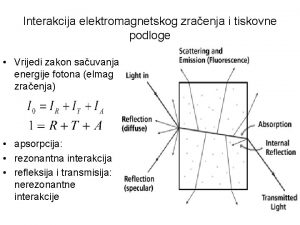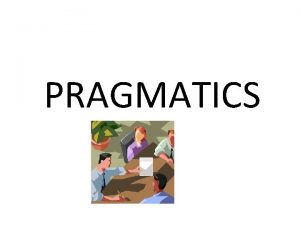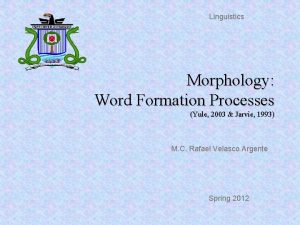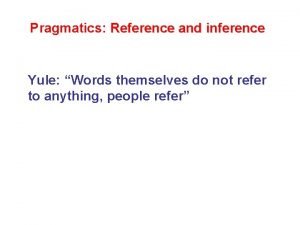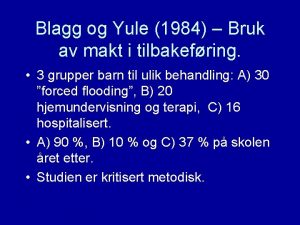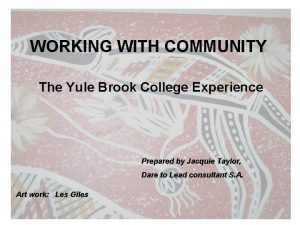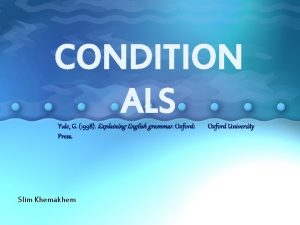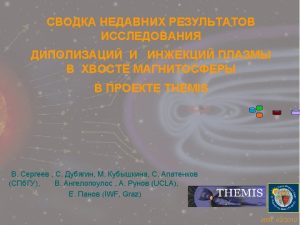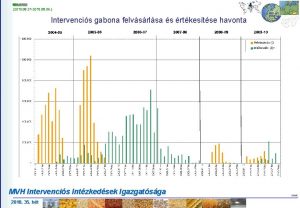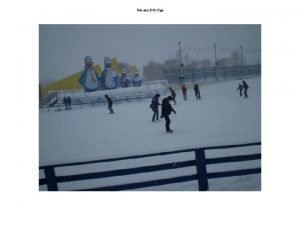CHAPTER 3 Yule 2010 pp 25 39 THE




























- Slides: 28

CHAPTER 3 (Yule, 2010, pp. 25 -39) THE SOUNDS OF LANGUAGE Speech organs 1

PHONETİCS speech sounds / phonemes (distinctive sounds) (44 phonemes in English) 1. Articulatory Phonetics (production) 2. Auditory Phonetics (perception) 3. Acoustic Phonetics (sound waves) In this course: Articulatory Phonetics (introductory) 2

Respiratory System & Speech üair in breathing is basic ingredient of speech üair is modified to create different sounds üsounds are produced when we breath out ümodification by vocal organs 3

VOCAL ORGANS organs of the body involved in the production of speech Some examples: Tongue Palate Vocal cords Lungs Other functions: breathing / eating 4

Vocal Organs Vocal tract Larynx Sub-glottal system 5

SUB-GLOTTAL SYSTEM a) Lungs b) Trachea /trəˈkiː. ə/ / (windpipe) 6

LARYNX /ˈlær. ɪŋks/ (voice box) (on top of the trachea) 1) Vocal Cords/Folds (two elastic bands of muscle in the throat) 2) Glottis (the gap between the vocal cords) 7

Glottal States Vocal Folds/Cords Wall of the Larynx Open vocal cords (air passes through freely) e. g. /s/ 8

Approximated vocal cords (vibration: open and close rapidly and repeatedly– around 100 times per second in men, 200 times in women and children for a given sound / up to 800 times per second) e. g. /z/ Test: Test put your fingers on your throat/ears and say /s/ and /z/, alternating them. 9

VOCAL TRACT 1) Pharynx /ˈfær. ɪŋks/ (the passage above the vocal cords) 2) Oral cavity (space in the mouth) 3) Nasal cavity (space behind the nose) 10

ARTICULATORS (parts of the oral cavity) 11

Upper articulators (upper surface of the oral cavity) 1) Palate (the roof of the mouth) (separates oral and nasal cavities) 2) Upper teeth 3) Upper lip 12

Lower articulators (lower surface) (they are moved toward the upper surface which is not mobile) 1) Tongue 2) Lower teeth 3) Lower lip 13

THE PALATE alveolar ridge hard palate soft palate 14

Alveolar Ridge (behind the upper front teeth) ühard ürough üfixed 15

Hard Palate (highest part of the palate) (between the alveolar ridge and the soft palate) ühard üeven üfixed 16

Soft Palate (velum) (at the back of the mouth) üsoft ümovable Uvula the end point of the soft palate 17

States Of The Velum (Soft Palate) Lowered position: gap between soft palate and pharynx; air goes into the nasal cavity and the oral cavity. (e. g. /m/) 18

Raised position: contact with the back wall of pharynx; nasal cavity is closed; air goes into the mouth only. (e. g. /b/ ) 19

THE TONGUE 20

Back Lies under the soft palate/raised to touch the soft palate and to any point beneath that 21

Front Lies under the hard palate/raised to touch the hard palate and to any point beneath that 22

Blade (between the tip and the front) ülies under the alveolar ridge üvery mobile (can touch the lips, teeth, alveolar ridge and the hard palate) 23

Tip (the most forward part) ülies under the alveolar ridge üvery mobile 24

Sides Raised (curved upwards/pressed firmly against the sides of the palate/air goes through the centre) e. g. /s/ Lowered (centre is raised/air goes trough the sides) e. g. /l/ 25

THE LIPS Positions of the lips (extreme positions are rare in English) Closed/Apart /p/ /m/ /g/ /t/ Rounding/Spreading /w/ /v/ Protrusion (pushed forward/almost none in English) 26

THE TEETH /f/ /v/ (upper teeth) / ð / θ/(upper and lower teeth) 27

THANK YOU! 28
 Syntax
Syntax Coefficient de yule
Coefficient de yule Deictic expressions
Deictic expressions Yule pragmatics
Yule pragmatics G yule
G yule Yule furry process
Yule furry process George yule
George yule Yule v south lanarkshire council
Yule v south lanarkshire council Brown and yule
Brown and yule Yule log
Yule log Nim chimsky
Nim chimsky Yule nielsen faktor
Yule nielsen faktor Hát kết hợp bộ gõ cơ thể
Hát kết hợp bộ gõ cơ thể Ng-html
Ng-html Bổ thể
Bổ thể Tỉ lệ cơ thể trẻ em
Tỉ lệ cơ thể trẻ em Gấu đi như thế nào
Gấu đi như thế nào Tư thế worm breton là gì
Tư thế worm breton là gì Chúa sống lại
Chúa sống lại Môn thể thao bắt đầu bằng từ đua
Môn thể thao bắt đầu bằng từ đua Thế nào là hệ số cao nhất
Thế nào là hệ số cao nhất Các châu lục và đại dương trên thế giới
Các châu lục và đại dương trên thế giới Công thức tiính động năng
Công thức tiính động năng Trời xanh đây là của chúng ta thể thơ
Trời xanh đây là của chúng ta thể thơ Mật thư anh em như thể tay chân
Mật thư anh em như thể tay chân Phép trừ bù
Phép trừ bù Phản ứng thế ankan
Phản ứng thế ankan Các châu lục và đại dương trên thế giới
Các châu lục và đại dương trên thế giới Thơ thất ngôn tứ tuyệt đường luật
Thơ thất ngôn tứ tuyệt đường luật
